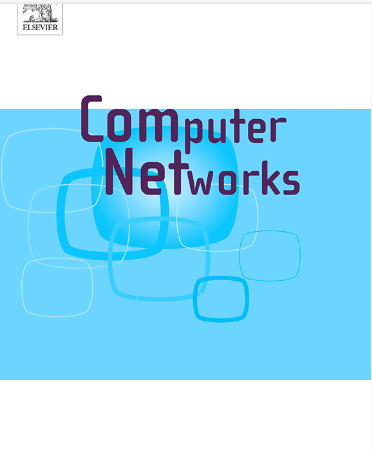基于类增量学习的物联网攻击自适应网络入侵检测系统
IF 4.4
2区 计算机科学
Q1 COMPUTER SCIENCE, HARDWARE & ARCHITECTURE
引用次数: 0
摘要
物联网(IoT)的出现开创了一个前所未有的连接和便利时代,使日常物品能够自主收集和共享数据,彻底改变了行业,提高了生活质量。然而,这种相互关联的环境带来了网络安全挑战,因为扩展的攻击面暴露了可供恶意行为者利用的漏洞。针对物联网设备的网络攻击激增,凸显了采取强大且不断发展的安全措施的紧迫性。类增量学习(CIL)作为应对这些挑战的动态策略出现,使机器学习(ML)和深度学习(DL)模型能够适应不断变化的威胁,同时保持检测已知威胁的熟练程度。在物联网安全的背景下,以不断出现新的攻击类型为特征,CIL提供了增强网络入侵检测系统(NIDS)弹性和网络安全性的有力手段。本文旨在研究CIL方法如何支持物联网网络中NIDS的演变(i)通过评估攻击检测和分类任务-优化与增量更新或流量输入定义相关的超参数-以及(ii)通过解决与现实世界NIDS挑战相关的关键研究问题-例如决策的可解释性,对流量输入扰动的鲁棒性,以及缺乏新攻击样本的场景。利用最近收集的4个全面的物联网攻击数据集,该研究旨在评估CIL技术在分类0天攻击方面的有效性。本文章由计算机程序翻译,如有差异,请以英文原文为准。
Attack-adaptive network intrusion detection systems for IoT networks through class incremental learning
The advent of the Internet of Things (IoT) has ushered in an era of unprecedented connectivity and convenience, enabling everyday objects to gather and share data autonomously, revolutionizing industries, and improving quality of life. However, this interconnected landscape poses cybersecurity challenges, as the expanded attack surface exposes vulnerabilities ripe for exploitation by malicious actors. The surge in network attacks targeting IoT devices underscores the urgency for robust and evolving security measures. Class Incremental Learning (CIL) emerges as a dynamic strategy to address these challenges, empowering Machine Learning (ML) and Deep Learning (DL) models to adapt to evolving threats while maintaining proficiency in detecting known ones. In the context of IoT security, characterized by the constant emergence of novel attack types, CIL offers a powerful means to enhance Network Intrusion Detection Systems (NIDS) resilience and network security. This paper aims to investigate how CIL methods can support the evolution of NIDS within IoT networks () by evaluating both attack detection and classification tasks— optimizing hyperparameters associated with the incremental update or to the traffic input definition—and () by addressing also key research questions related to real-world NIDS challenges—such as the explainability of decisions, the robustness to perturbation of traffic inputs, and scenarios with a scarcity of new-attack samples. Leveraging 4 recently-collected and comprehensive IoT attack datasets, the study aims to evaluate the effectiveness of CIL techniques in classifying 0-day attacks.
求助全文
通过发布文献求助,成功后即可免费获取论文全文。
去求助
来源期刊

Computer Networks
工程技术-电信学
CiteScore
10.80
自引率
3.60%
发文量
434
审稿时长
8.6 months
期刊介绍:
Computer Networks is an international, archival journal providing a publication vehicle for complete coverage of all topics of interest to those involved in the computer communications networking area. The audience includes researchers, managers and operators of networks as well as designers and implementors. The Editorial Board will consider any material for publication that is of interest to those groups.
 求助内容:
求助内容: 应助结果提醒方式:
应助结果提醒方式:


